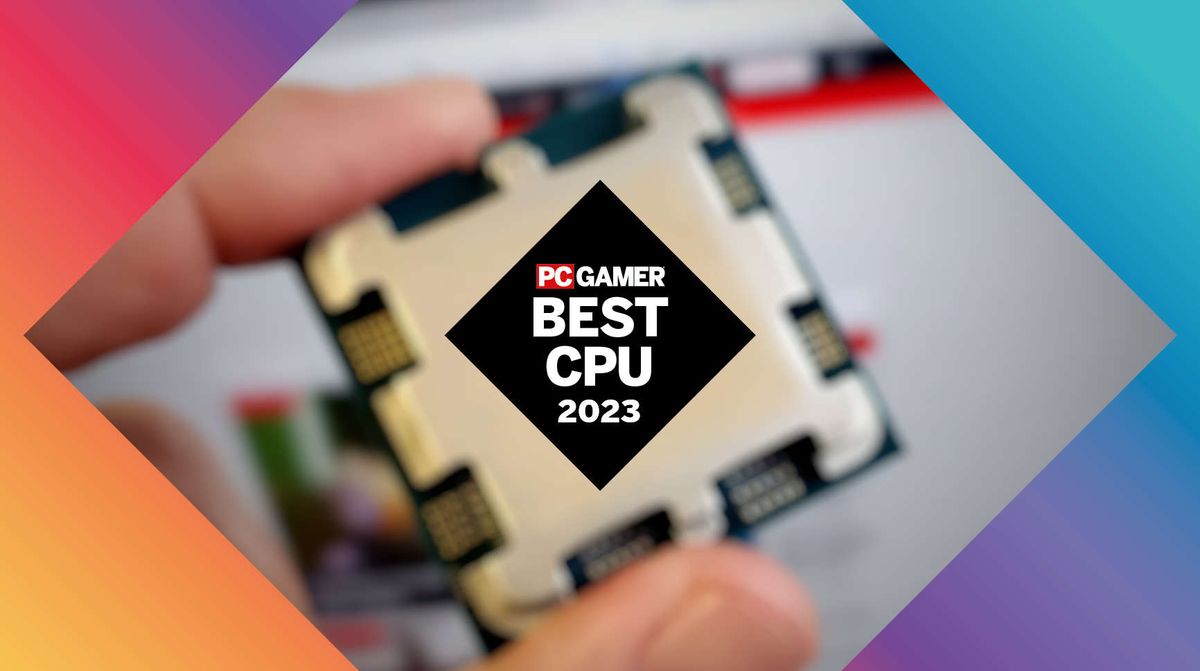I lit up when I first heard that Psyonix was making a Rocket League racing game. It’s something Rocket League players have been imagining for a long time: We love rocket-powered car soccer, but surely it could also be fun to perform automobile acrobatics in races?
Then I heard that Rocket Racing wasn’t going to be a Rocket League mode or a new standalone game, but a mode in Fortnite. My perhaps-unfair gut reaction was: eugh. My biggest concern was that, as an extension of Fortnite, Rocket Racing would feel like Fortnite rather than the eight-year-old game whose quirky, hard-to-master car handling I’ve spent well over 1,000 hours practicing. I’ve never gotten into a Rocket League imitator; they water it down or just don’t find the same weirdly fun laws of physics.
But then I tried Rocket Racing this morning, and shoot: it turns out I like it anyway. I also kinda like the Lego Fortnite survival mode Epic added earlier this week. What the heck? Am I a Fortnite player now?
As predicted, Rocket Racing’s cars don’t handle like Rocket League’s. Modders make Rocket League obstacle courses where masters of its free-flying controls use their absurd skills to basically do car-kour, and this isn’t that. Rocket Racing cars handle closer to Fortnite’s existing fleet of vehicles with the spirit of Rocket League’s acrobatics baked in. Psyonix has adapted the basic concepts of Rocket League—you can boost, jump, and fly—into controls that apply sensibly to Mario Kart or F-Zero-style courses. It isn’t easy to master, necessarily, but you can’t do the zero-G Olympic diving routines that Rocket League players do (not that it really makes sense to in a race).
The cars have rear boosters that can be fired to go faster, but they don’t work like jet engines that send you careening into the sky like in Rocket League. Instead, “flying” is a function of the jump button, which activates rocket boosters attached to your car’s undercarriage. Those engines lift you vertically like a Harrier jet, without risk of tipping over, and the button can be feathered to get you across big gaps. Air dodging left, right, up, or down quickly sticks you to the nearest surface in that orientation. It’s a more automatic process than in Rocket League, but it’s pretty neat to suddenly be driving on the ceiling at hundreds of miles per hour.
The most important maneuver is drifting, which happens naturally when you take a hard corner, and can be assisted with rocket boosters. Like in Mario Kart, a successful power slide concludes with a speed boost to propel you down the next stretch. Combined with jumping and dodging, that makes for a lot of ways to try to optimize your driving line through each course—so, again, not really “Rocket League racing,” but a fun racing game nevertheless.
All the races I’ve played so far have been competitive, with at least a few racers jostling for first at the end, and there’s already a ranked mode. There are 26 maps by my count, ranging from simple circuits where up is up and down is down to tracks where I started to forget which way was which—until I accidentally pressed the jump button while inverted and fell off the track.
I really don’t like Fortnite’s main interface—the oversaturated field of thumbnails and notifications agitates me, in an admittedly old man kind of way—so I can’t say I’m glad that Rocket Racing is part of Fortnite and not a new mode in Rocket League, which I’ve had on Steam since long before Epic bought Psyonix. It is fun, though, and it’s hard to complain too much about a free game.
Since I’m digging Lego Fortnite, too, I guess I’m leaving all 57GB of Fortnite installed for now. I shoulda pulled the trigger on a 4TB SSD during the Black Friday sales after all.



